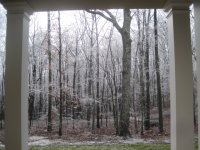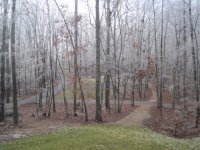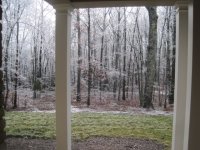Obed
Elite Member
I may have enough wood cut and split to finish this season. I am now working on next season's wood. I am going to create a round stack called a holz hausen. Here's an example of a picture I found on the internet.
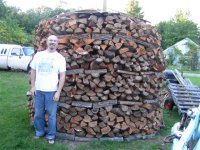
I pulled my trailer of bucked logs and log splitter to the round stack location.
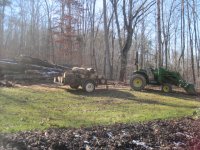
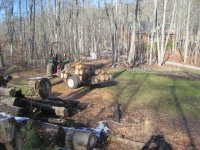
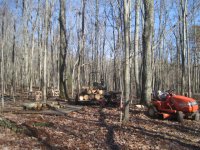
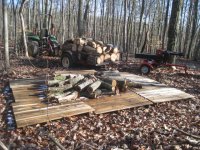
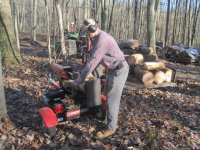
As I started making the outer circle, I noticed the outside end of the logs tended to tilt downward. As I added more logs, the tilt got worse. So I started making adjustments by cross stacking logs to fix the tilt. Here's how far I got.
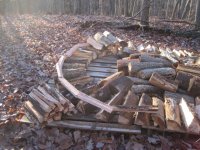
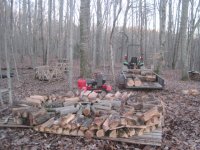
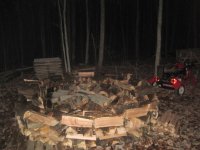
Yesterday I checked out YouTube to see how other people were handling the tilt issue and realized that I may need to scrap my stacking job and start over. There appears to be a better way to build the round stack than my first attempt. I don't want my stack to fall over when it gets taller.

I pulled my trailer of bucked logs and log splitter to the round stack location.





As I started making the outer circle, I noticed the outside end of the logs tended to tilt downward. As I added more logs, the tilt got worse. So I started making adjustments by cross stacking logs to fix the tilt. Here's how far I got.



Yesterday I checked out YouTube to see how other people were handling the tilt issue and realized that I may need to scrap my stacking job and start over. There appears to be a better way to build the round stack than my first attempt. I don't want my stack to fall over when it gets taller.
